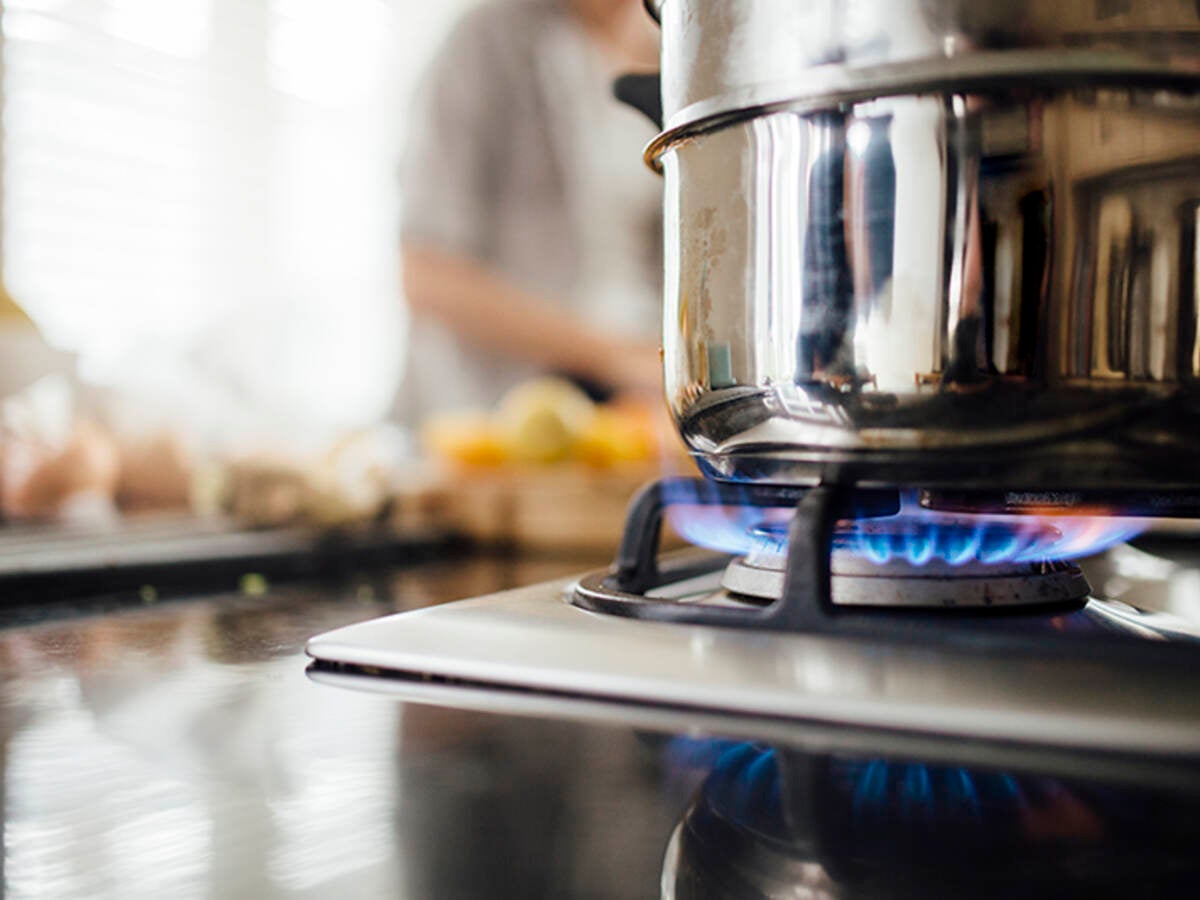April 2, 2018
By: Jonathan Brania / UL Principal Engineer - Gas & Wood-Fired Cooking Appliances + Foodservice Sanitation
In addition to controlling costs and remaining innovative, gas appliance manufacturers remain committed to reducing time to market. At UL, we understand how important this is and can now offer improved market access opportunities in Europe. UL, as a leader for gas appliance conformity assessments, continues to expand services for the European market to help streamline market access for its clients.
In September 2016, UL’s Demko office in Denmark became a Notified Body (NB) for the Gas Appliance Directive (GAD). Coordination with an NB is a mandatory part of the conformity assessment process for the European market, and this status will be expanded when the GAD becomes the Gas Appliance Regulation (GAR) in April 2018. A few months later in October, UL opened another state-of-the-art combustion test facility in Carugate, Italy. These efforts to improve and expand continue into 2018, as UL’s Northbrook and Toronto facilities leverag their extensive technical expertise and laboratory capabilities to add the EN gas cooking appliance standards to their scopes of accreditation this summer.
These service expansions build on decades of experience certifying gas cooking equipment for the North American market. UL, as both the evaluator and NB, and its customers will be equipped to demonstrate compliance with Europe’s gas appliance laws and quickly expedite the certification process.
UL’s offerings for gas cooking appliances will include certification to the EN 30 series of standards for household gas cooking appliances, the EN 203 series of standards for gas heated catering equipment (also known as “foodservice equipment” or “commercial food equipment” in North America), and EN 298 for automatic burner control systems for burners and appliances that burn gaseous or liquid fuels.
The GAD and GAR
On April 21, 2018, the EU’s Gas Appliance Directive (GAD), which has been in effect since 1993, will become the Gas Appliance Regulation (GAR). While these titles appear synonymous, the change represents a subtle shift in how gas appliances will be regulated by the European Union (EU). An EU directive is a target that is agreed to at the federal level, with each member nation having latitude on how to meet the target. A regulation must be applied in its entirety by each member nation. By shifting from a directive to a regulation, the requirements will become EU law as opposed to national legislation.
If you currently manufacture gas appliances for the EU, it is important to note that the enactment of the GAR will introduce several changes, including the following:
- Manufacturers will be required to perform and document a risk assessment for their products. The assessment must anticipate foreseeable use and misuse. A specific risk assessment model is not mandated, but standards such as EN 15502 and EN 14459 can provide a resource. Risks to consider include explosion, fire, hot surface temperatures, suffocation, and poisoning (by combustion gases and contamination of food and water).
- To the extent that risks are identified, the manufacturer will make efforts to remove or reduce the hazard, implement a safeguard, or warn the consumer/user in that prescribed order.
- Both manufacturers and notified bodies must ensure that certified products meet the evolving “state of the art.”
The EN Gas Appliance Standards
Beyond the overarching Directives and Regulations, the EN gas appliance standards introduce some unique European elements, such as terminology, appliance designation nomenclature, and a greater number of test gases intended to better reflect the composition of those used in various EU nations.
- For household appliances, top or surface units that are installed in or on a counter top are referred to as “hobs.” A “range” is a cooker in EN standard language, and an “orifice” is an injector. These are just some of the examples of how terminology differs.
- Whereas gas cooking appliances for the USA and Canada are designated as dedicated, convertible, or universal, based on the type of fuel that the appliance is designed to use, European gas cooking appliances are required to be identified by a category designation that signifies the gas types and pressures for which the appliance is designed.
- Depending on the category of the appliance, families of gases are required for testing that can include ordinary methane and propane, along with hydrogen, nitrogen, propylene, butanes (n- and iso-), and combinations thereof to create operational and limit gases for evaluating various burner characteristics. Gases that represent normal operation are referred to as “reference gases,” while gases intended to address flashback/light back, lifting, incomplete combustion, sooting, and overheating are called “limit gases.”
Count On UL
Whether your company already manufactures gas cooking appliances for the EU market or aspires to enter the European market, UL has the expertise to meet your product compliance needs while helping you remain on schedule with product launch. To learn more about how UL can support your gas appliance business, contact us.
Get connected with our sales team
Thanks for your interest in UL's products and services. Let's collect some information so we can connect you with the right person.




